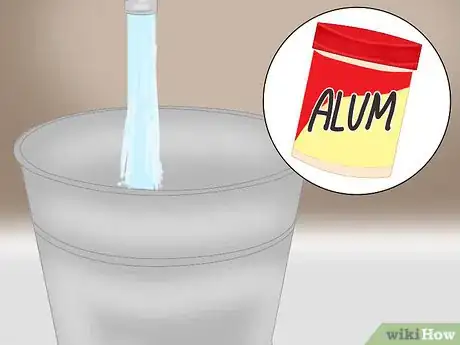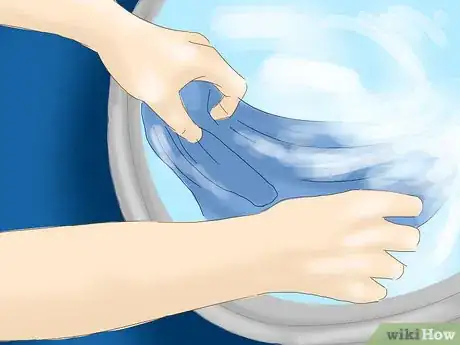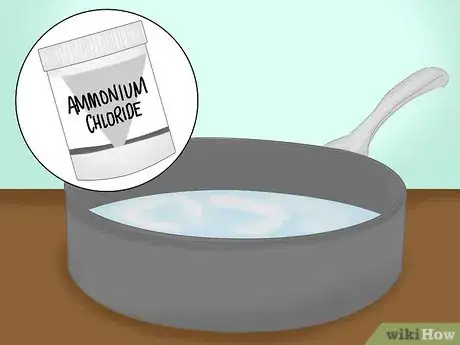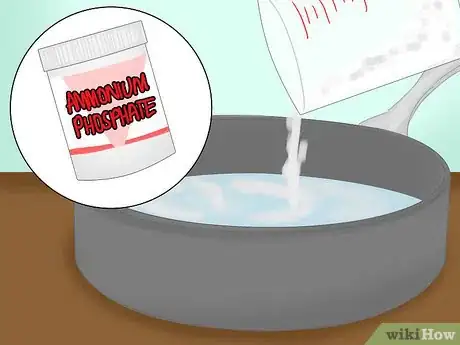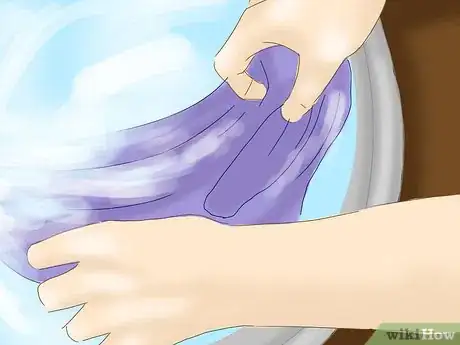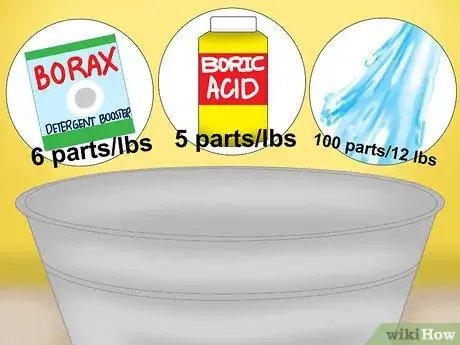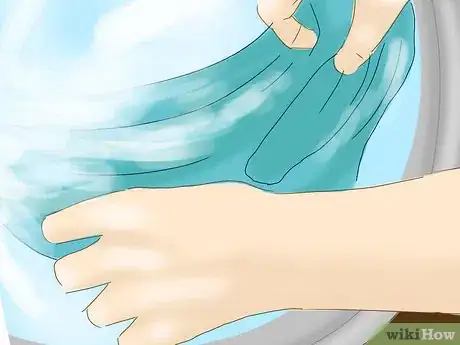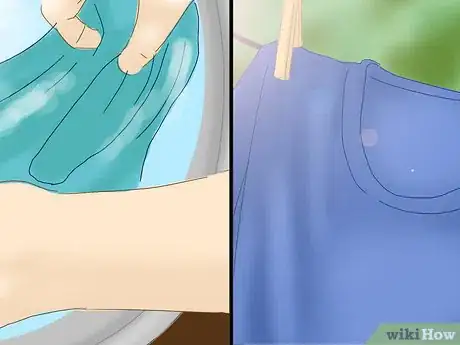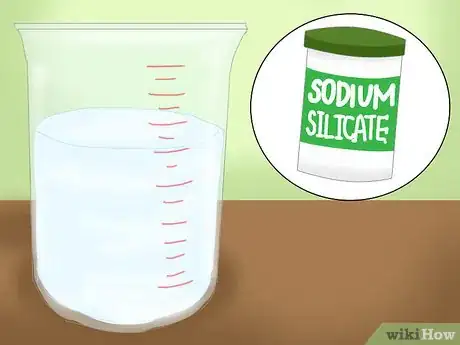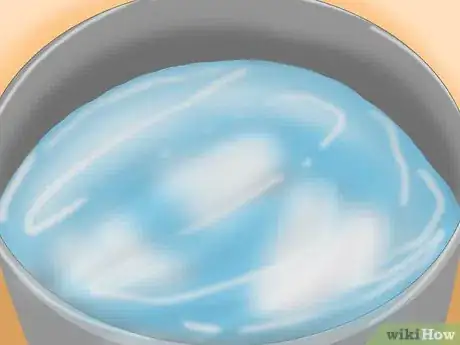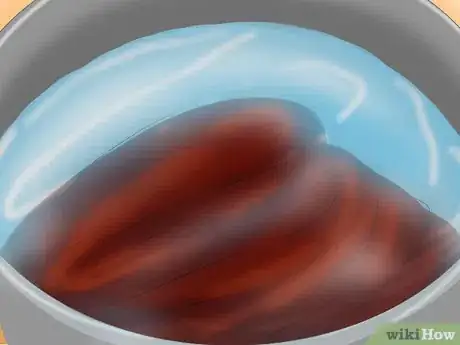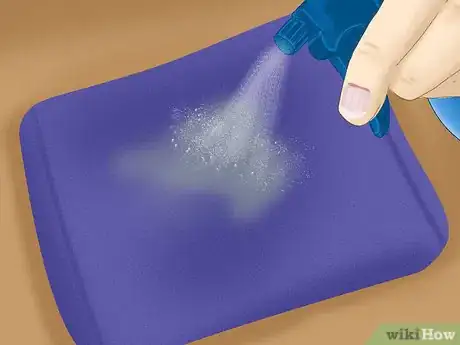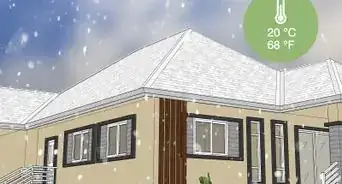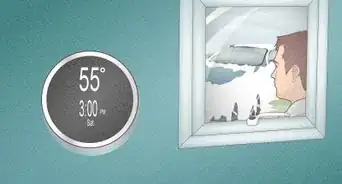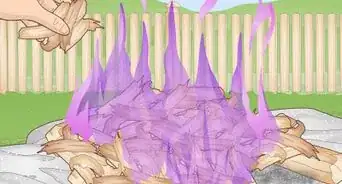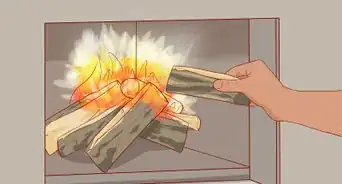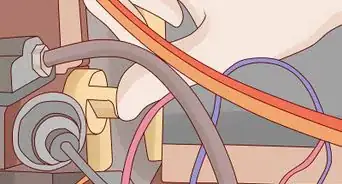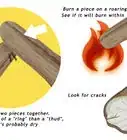wikiHow is a “wiki,” similar to Wikipedia, which means that many of our articles are co-written by multiple authors. To create this article, 19 people, some anonymous, worked to edit and improve it over time.
This article has been viewed 170,029 times.
Learn more...
While you can't actually make cloth Fireproof, you can make it less prone to catching and sustaining fire by using chemical mixtures, this is by application or a process using a 'flame retardant' . Treatments can help make a combustible material less flammable, but unless the material is inert, like brick, stone or earth it cannot be made 'fire-proof': only that which will not burn or sustain fire is fire-proof. The use of the word 'fire proof' is misleading, as the best the processes can deliver is a retarding effect. Although there will be a certain element of fire retardation, don't rely on any of this to save you or your bacon during a fire. The best precaution when there is a fire is not to be in it. Flame retardant fabric is best used in situations where an item might be exposed to sufficient heat to be at risk of catching alight or inflaming, such as fabric sitting next to a heat source (lamp, bedding, curtain, etc.) and some sources (see below) don't seem to think it's a bad idea for clothing. Do your own research and use your common sense.
Steps
Choose a sunny day to do make flame retardant cloth, so that you can dry the cloth in the sun or on the porch, rather than having chemicals dripping inside.
Alum formula
-
1In a large pan, mix 1 lb of alum with 1 US-pint (470 ml) hot water from a faucet. A preserving pan is a good size for this, to allow room for the fabric.[1]
-
2Select the fabric that you wish to treat. Dip it into the pan and wet it completely.Advertisement
-
3Pull out the completely wet fabric. Put into a non-drip plastic basket to take outside. Hang on a line, over the basket, or over a clothes rack.
-
4Use once dried. Expect some stiffness compared to the original fabric but it should mold to the shape needed with bending.
Ammonium chloride and ammonium phosphate formula
Borax formula
This method is recommended for "theater scenery fabric, and recommended for rayon and natural fabrics".
Another borax variant
This version is softer, more flexible, and prevents microorganism growth.
-
1Mix 7 parts/7lbs borax, 3 parts/3 lbs boric acid, 100 parts/12 gallons (45.4 L) water in a large container.[4]
-
2Follow above steps. For rayon and sheer fabrics, 17 gallons (64.4 L) of water are recommended.
Sodium silicate formula
National Fire Protection Association formula
Another variant on the borax methods.
-
1Mix 9 oz borax powder, 4 oz boric acid, with 1 gallon (3.8 L) water.[7]
-
2Mix thoroughly in large container.
-
3Dip fabric or spray on. Drip dry.
Community Q&A
-
QuestionHow does ammonium phosphate make things fireproof?
 Community AnswerIt contains nitrogen, which replaces the oxygen that a fire needs to survive.
Community AnswerIt contains nitrogen, which replaces the oxygen that a fire needs to survive. -
QuestionWhich formulation will help with clothing for welders?
 National Fireproofing, IncCommunity AnswerAny of them, except none of them are durable for wet washing. Once the material is washed, you need to reapply the fire retardant solution.
National Fireproofing, IncCommunity AnswerAny of them, except none of them are durable for wet washing. Once the material is washed, you need to reapply the fire retardant solution. -
QuestionI am going to use burlap on a ceiling and would like to make it fireproof. Will the spray method work?
 National Fireproofing, IncCommunity AnswerSure, but do not use boric acid since it will leave white crystal residue all over the fabric once the solution cools.
National Fireproofing, IncCommunity AnswerSure, but do not use boric acid since it will leave white crystal residue all over the fabric once the solution cools.
Warnings
- This method is recommended for fabric on items, not clothing. You're probably a lot better off buying professionally fire treated clothing, especially if you work in an industry where fire is a hazard.⧼thumbs_response⧽
- Keep all chemicals out of reach of children and pets.⧼thumbs_response⧽
- Check the label to see what (if any) treatment was used, the rating and most importantly how to wash and care for the garment - as the treated fabric may well be the only thing between you and disaster on a bad day.⧼thumbs_response⧽
References
- ↑ http://www.cibtech.org/J-CHEMICAL-SCIENCES/PUBLICATIONS/2011/VOL%201%20No.%201/02-12-JCS-ViVian-Flame.pdf
- ↑ https://makezine.com/projects/make-43/joseph-gay-lussac-and-the-technology-of-fireproofing/
- ↑ https://makezine.com/projects/make-43/joseph-gay-lussac-and-the-technology-of-fireproofing/
- ↑ https://www.thriftyfun.com/Homemade-Flame-Retardant-1.html
- ↑ http://cameo.mfa.org/wiki/Sodium_silicate
- ↑ http://cameo.mfa.org/wiki/Sodium_silicate
- ↑ https://www.thriftyfun.com/Homemade-Flame-Retardant-1.html
- Making fireproof gloves
